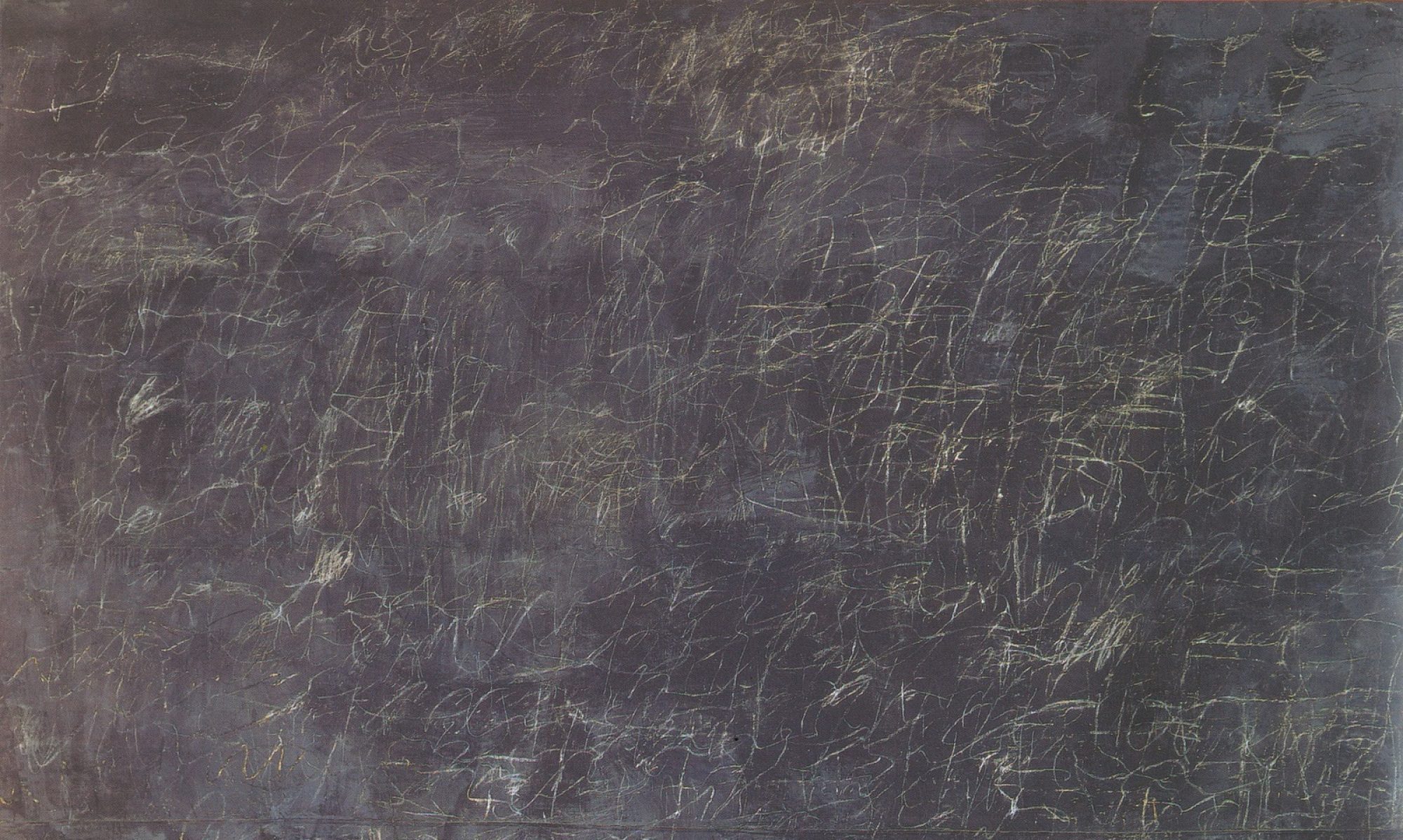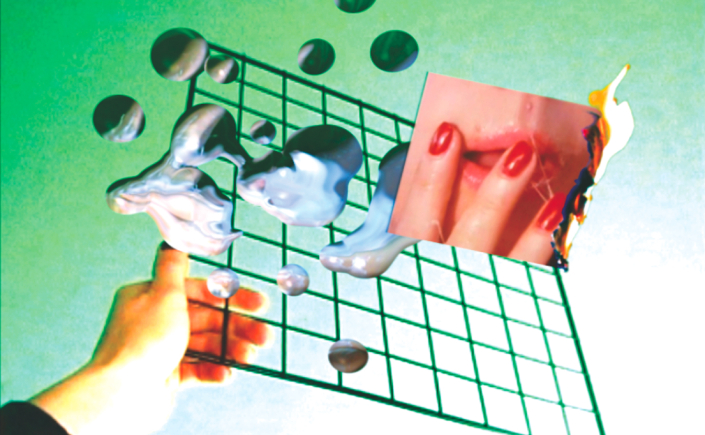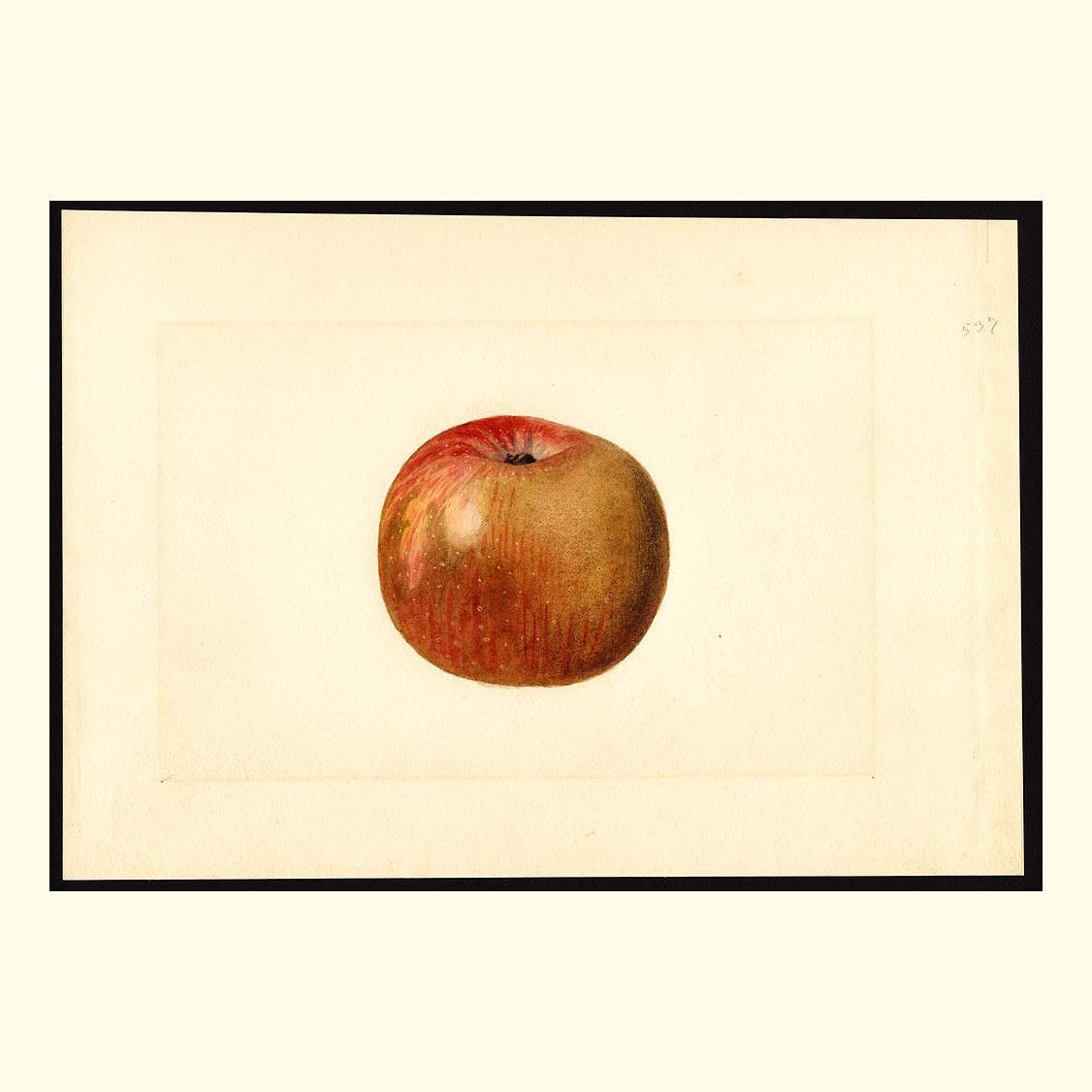Conceptualizing Genre
Using a Book
CFP: “Archives and the Management of Sex”
I will be co-moderator of a panel at PAMLA this fall with Steven Ruszczycky. The call for papers is below. Send us proposals! We’re looking forward to being in Pasadena come November.
PAMLA
Pasadena, CA November 11-13, 2016
This panel will explore how institutions dedicated to the collection, preservation, and circulation of material knowledge manage sexuality. Sex materials create conflicting imperatives for librarians. As one collections curator at the New York Public Library recently told a reporter, “We needed to collect life as it was lived… It was always part of our mandate.” Yet librarians at NYPL also had a mandate to protect the mass of pornographic magazines, pulp novels, and fliers they collected by carefully regulating access to them. Until recently, sex materials at NYPL labeled with three stars required supervision. That one example illustrates how sequestration generally determines who can read about sex and under what conditions. It also shows how archival practices imbue sex collections with an excess of meaning. We invite papers that consider those various and often-contradictory meanings by identifying, describing, or theorizing how archives—broadly conceived—produce sexual knowledge through the management of sexually explicit materials. Possible questions to consider include, How do different archival practices constitute sex and eroticism as objects of study? How do reading conditions shape personal and historical memory? How might the special case of sex collections challenge us to rethink the archive as a cultural institution?
Send proposals sruszczy@calpoly.edu and/or david.squires@wsu.edu and submit them online at PAMLA website.
Due Friday, July 1.
Kits for Cultural History
Otter Threats

Originally posted on Digital Technology & Culture 101.
A Tumblr page called Discourse on the Otter started one of my favorite memes. The concept is simple: find a quotable passage that features the word other and substitute otter; then create a macro image meme featuring a cute otter. The blog’s title comes from a book by Michel de Certeau titled Heterologies: Discourse on the Other. In the United States, Certeau is most famous for his theory of everyday life. He argues that everyday life is lived by reappropriating aspects of culture institutionalized by structures of power like government and industry. Instead of focusing on consumers, Certeau wanted to draw attention to users of culture—people who make and remake the cultural products that shape our everyday routines.
Certeau died in 1986, before anyone could have guessed what impact the Internet would have on everyday life. In many ways, the Internet has conflated the practices that might set apart users from consumers. Nonetheless, I like to think that memes offer us a simple way of reproducing culture as users. Making a meme requires us to break—however briefly—from unconscious routines of consumption. It demands that we reflect on some aspect of institutionalized culture, often to make fun of it or subtly reorient its meaning. In that way, memes seem like exactly the sort of cultural appropriation that interested Certeau—banal, but active; pedestrian, but random. We might even say that memes achieve viral popularity as the otter of institutional culture.
The above meme features a quote from Neil Postman’s critique of modern media, Amusing Ourselves to Death.










